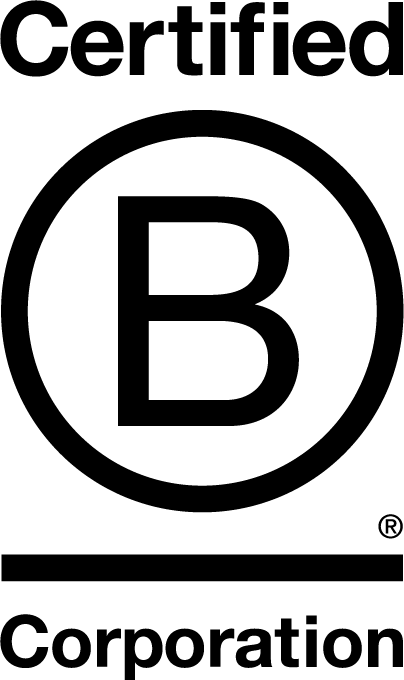
Balancing Time and Traceability
Gadigal Railway Station“Sydney's newest landmark.” And: “A vibrant new commercial and residential hub.” That’s Gadigal Railway Station in Sydney. This new metro station in Australia’s largest city was designed and built using Systems Engineering, a methodology for steering complex projects. Dutch Boosting Group was involved!
Together with a few colleagues, booster Maurits ter Wal contributed to Gadigal Station. “We were approached to support this project through our colleagues at Overmorrow Consulting, based in Sydney and like us specialized in Systems Engineering (SE),” he explains. “Together with Danny van Loon from Overmorrow, we took a pragmatic look: what does this project need? In this role, we supported the contractor, CPB Contractors, in using SE to make the project a success.”
Design process
What did it actually involve? “In this project, every phase had to be closed with a NAS: a Network Assurance Submission,” Maurits continues. “In practice, that means CPB Contractors had to demonstrate that the design was sufficiently advanced to proceed to the next phase. SE helps with this, as it always works in an explicit and traceable way. Since the project was already quite advanced, we were under significant time pressure to provide adequate justification for these NAS submissions. For example, the client had given feedback on the design, but it wasn’t clear whether that feedback had been incorporated. It was our job to assess that and demonstrate the results. So, we still had to verify parts of the design, even though the contractor wanted to move forward as quickly as possible. Working with subject-matter experts, think of specialists in escalators, lighting or ventilation, we reviewed what had and hadn't been done and how we could proceed as quickly as possible.”
Insight
“At the same time, we had to take a few steps back. To be confident that each phase was properly completed, we had to break the project down entirely. We built the structures that form the technical and procedural backbone of the project and examined, down to the lowest level, which requirements existed, how they had been verified, and whether that verification was sufficient. I'm talking about making every detail explicit: this verification is valid, done by this person, and can be found there. We created dashboards for ourselves and for management, showing the status of all requirements and clearly outlining any pain points. That gave us a lot of insight.”
“We examined, at the most detailed level, which requirements existed, how they had been verified, and whether that verification was sufficient.”
“We also integrated the verification process with the testing process,” Maurits adds. “Instead of creating extra work with a separate verification process, we looked at the existing testing and commissioning process. With a relatively simple analysis, you can map out which parts of the contract are demonstrated by which tests. You can then look at the status and results of those tests to complete the verification. That makes everything traceable. It’s not only convenient for the client but also for the contractor. If you're confident that your test process is solid, you can confidently say: ‘we are compliant.’ Everyone benefits from having everything working properly and safely, and responsibilities where they belong.”
Keeping momentum
“In our work, we always aimed to strike a balance between ensuring traceability and maintaining project momentum. I mean contractors want to move forward; sometimes, this feels like administrative hassle to them. So the project needs to keep going, while you also want to be certain everything’s right. That was one of our challenges. We solved that by taking a risk-based approach, especially in the early stages. Which systems and requirements are critical, and which are less so? That allowed us to work efficiently. Beyond just substantiating the NAS submissions, we also looked at the overall quality of the verification process. Because if we couldn’t find a verification, the client certainly wouldn’t either.”
An interesting dynamic
“After working so intensively on a project, it’s great to walk through that new station yourself. You see very concretely what you helped build. We were involved for thirteen months in total, three months on-site in Australia and ten months from the Netherlands. I noticed I could contribute more while in Australia, but we also worked very hard from the Netherlands. We were a small team on this project; there were a few external SE experts, and from Dutch Boosting Group, besides myself, Max and Suzanne were also involved. At one point, we had a great workflow in place, where we could always build on each other’s work despite the time difference with our colleagues in Australia. That time difference was tricky, but it also meant the work never stopped! When they worked, we slept, and vice versa. That dynamic was fascinating and worked really well.”
“Pushing forward, scaling up when needed, delivering under pressure... That’s how we got a lot done in a short time.”
Well-oiled machine
“All in all, I think we approached and resolved everything in a very pragmatic way. A contractor doesn’t have the luxury to delay work; they operate with tight margins, which creates a lot of time pressure. Fortunately, we had a well-functioning team of SE professionals, a well-oiled machine, with great communication. Quickly taking action, scaling up when needed, not taking feedback personally, delivering under pressure, pulling together as a team. It was tough, but together we kept figuring out how to get everything done in a short time. All with the same goal. That defined us. And ultimately, it led to a fantastic result!”

